CISP Participant Advisory Council
CISP Participant Advisory Council members help us ensure our work is grounded in community leadership, equity, and collaboration by sharing their insights and expertise as participants in social prescribing initiatives, or as individuals from communities that experience health disparities.
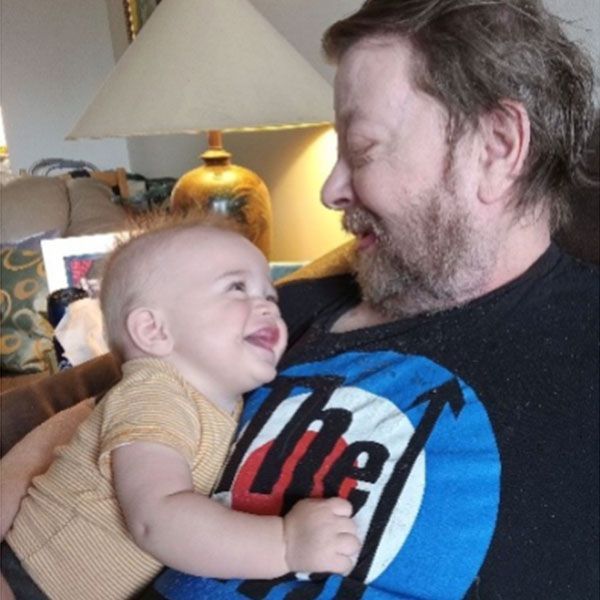
Herb Paquette
“A hospital bed is expensive, and we should avoid that at all costs. Social prescribing is a solution because it is a flexible health system that can help people address all sorts of problems.”
Whether it be through his 30-year career in the finance sector, in creative writing or re-learning how to walk, Herb is a determined lifelong learner. He is continuously learning to live his best life despite unexpected challenges he faced following a massive stroke in 2007. Unable to return to his former career, Herb uses his knowledge, experiences, and skills to give back to social organizations he feels connected to through the support he has benefited from during his health journey.
Herb’s first-hand experience with how the COVID-19 pandemic left people socially isolated has fueled his interest and involvement with CISP. He’s inspired to see social prescribing become a reality in Canadian health systems. To move social prescribing forward in Canada, Herb believes it’s critical to build supportive infrastructure, such as medical school curriculum and a business case to secure sustainable funding.
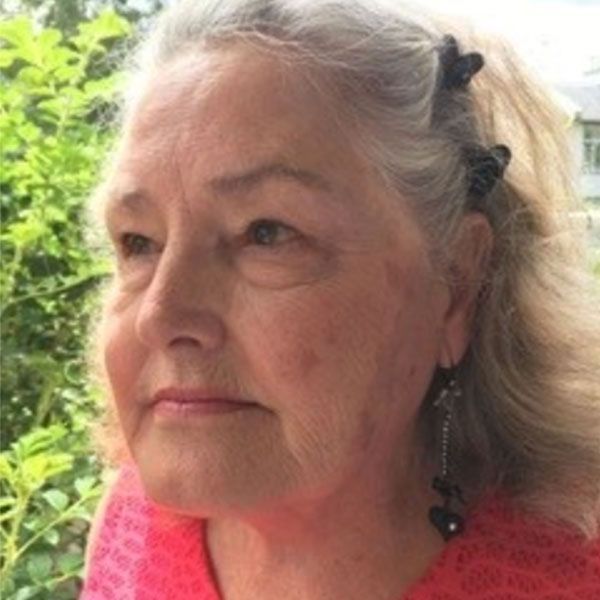
Myrna Norman
"If social prescribing was fully integrated, it would bring societal change…there’s nothing detrimental about it, just positive progression."
Myrna had a successful 35-year career working in the cooperative housing sector and as an owner-operator of a home inspection business. When she was diagnosed with dementia in 2008, Myrna withdrew, struggling to find purpose in her daily life. Almost two years later, she realized social isolation was detrimental to her well-being and that she was responsible for choosing how to live. She discovered that accessing community dementia supports and increasing her social connections was the key to living her best life.
Myrna launched Purple Angels, a program emphasizing the need for community support in living well with dementia. It promotes social interaction and enjoyment through activities like parachute games and Christmas gatherings. Myrna values social prescribing because it helps people with their basic needs and connects individuals to programs like Purple Angels, enabling them to explore their potential and find happiness despite adversity. She is motivated to collaborate with CISP to raise awareness of social prescribing in Canada and ensure all communities recognize its value.
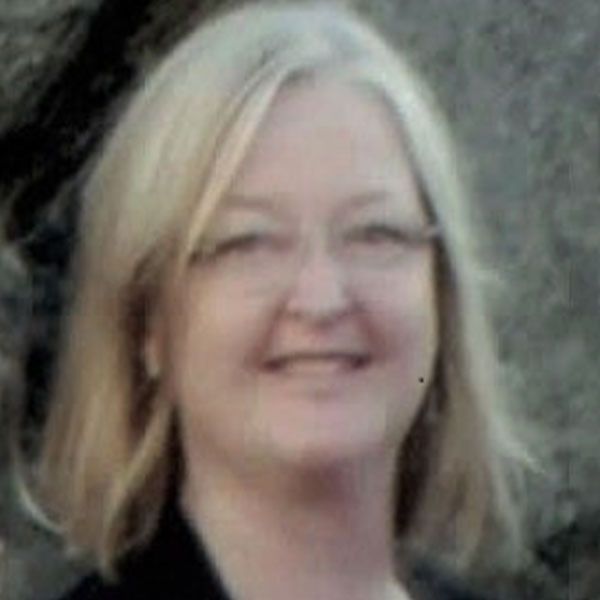
Dawn-Lee Ricard
“Social prescribing makes space for different ways of being and knowing. The value of this is in the way it provides inclusive space. To have this sense of belonging when we're in a crisis is healing.”
Dawn-Lee's worldview on wellness is shaped by her settler and Indigenous ancestry, her academic journey working in research with Indigenous communities, experiences living abroad, and from living with complex health issues. The challenges of navigating a system with a narrow view of the pathway to good health taught her that well-being is more than a diagnosis and medical treatment. She believes that relationships are medicine.
Presently, Dawn-Lee is a research associate with York University, partnering with the Canadian Red Cross on how Indigenous communities can mobilize toward community well-being. While Dawn-Lee was not raised in her Indigenous community, she was motivated to get involved with CISP as an opportunity to spark conversations to include Indigenous voices in the Canadian social prescribing movement. Dawn-Lee hopes that social prescribing can shift the locus of control over our well-being from external, whereby the doctor is the head of our health team, to internal, whereby individuals lead their own health journeys, and the system provides support guided by what is important to us.
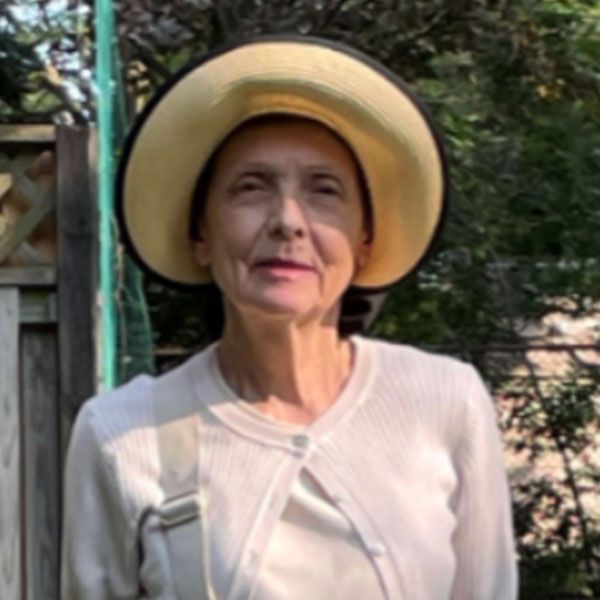
Olga Poroshina
“I feel good knowing my neighbours are safe, healthy, and enjoy being together. Despite our differences, we have to find a way to be a community together. A place where people like to live.”
When Olga immigrated to Canada in 1995, she wanted to learn how to be a part of her community. Her role as a community volunteer and her career as an educational assistant for special needs students have provided learning opportunities and inspiration to support others in realizing their potential. Now living in an apartment for older adults, Olga is a natural ‘connector,’ seeking out opportunities to link her neighbours to activities and services.
During the COVID-19 pandemic, Olga helped create System-Butterfly, where neighbours are assigned to small groups that check in with each other, and coordinate communication with medical and social services. She also engages her neighbours in low-cost, accessible activities promoting healthy aging, such as arts-based and fun physical activities that celebrate creativity and bring people together. Social prescribing is important to Olga because she knows that social connections can change lives. Olga believes that social prescribing can respond to the diverse needs of communities, providing opportunities for everyone to realize their potential.
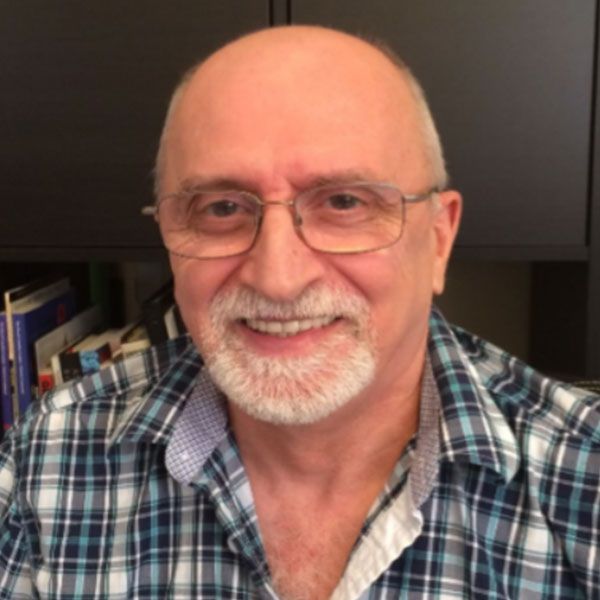
Ron LaCombe
“Strokes are for life. It gives people hope to know if they work at their recovery, they can improve their life. When social prescribing is done right, it can be one of the best things that happens to you."
Ron was at work when he had a stroke 11 years ago. Reflecting on that time, Ron recalls important moments that had positive impacts on his well-being, such as receiving
information and support early on about his recovery and stroke prevention. His doctor advised him that staying active and social was an important part of his recovery. A doctor’s referral to a free, community-based program had a significant impact on his mental health and well-being. Following his doctor’s advice, Ron got involved with the March of Dimes, which led to opportunities such as participating on a stroke advisor committee, supporting recovery programs, stroke research and connecting with CISP.
Currently, Ron runs a weekly stroke drop-in program at his local library for patients and families, to provide information about recovery and community supports. Making these social connections motivates Ron to stay involved. Ron believes social prescribing can connect people to affordable and accessible supports and services to help maximize recovery potential. To move social prescribing forward, Ron thinks the entire recovery spectrum must be fully funded so that important programs and services are accessible for patients and caregivers.

Sudi Barre
“Social prescribing is an active engagement in life."
Sudi’s background in social work has given her first-hand experience connecting newcomers to community and psychosocial services and supports. She has witnessed how these connections help her clients heal from trauma and adjust to life in Canada. As a patient during her own health journey, Sudi noticed that doctors do not focus on patients’ social needs, and often do not know how to support these needs. These professional and personal experiences motivated Sudi to become involved as a CISP participant advisor.
Social prescribing is important to Sudi because she is aware that there are so many nuances to health; if one part of our life is unsupported, it trickles down and impacts our well-being. In her experience, people do not always know that activities like volunteering or community gardening can improve their health. Sudi feels that social prescribing is a mechanism that can empower individuals to take control of their health, and present other pathways to well-being. To move social prescribing forward in Canada, Sudi believes now is the perfect timing to imbed it within the health care system because it can bridge the gap between family doctors and community services, bringing additional support at a time when health systems are overwhelmed.




